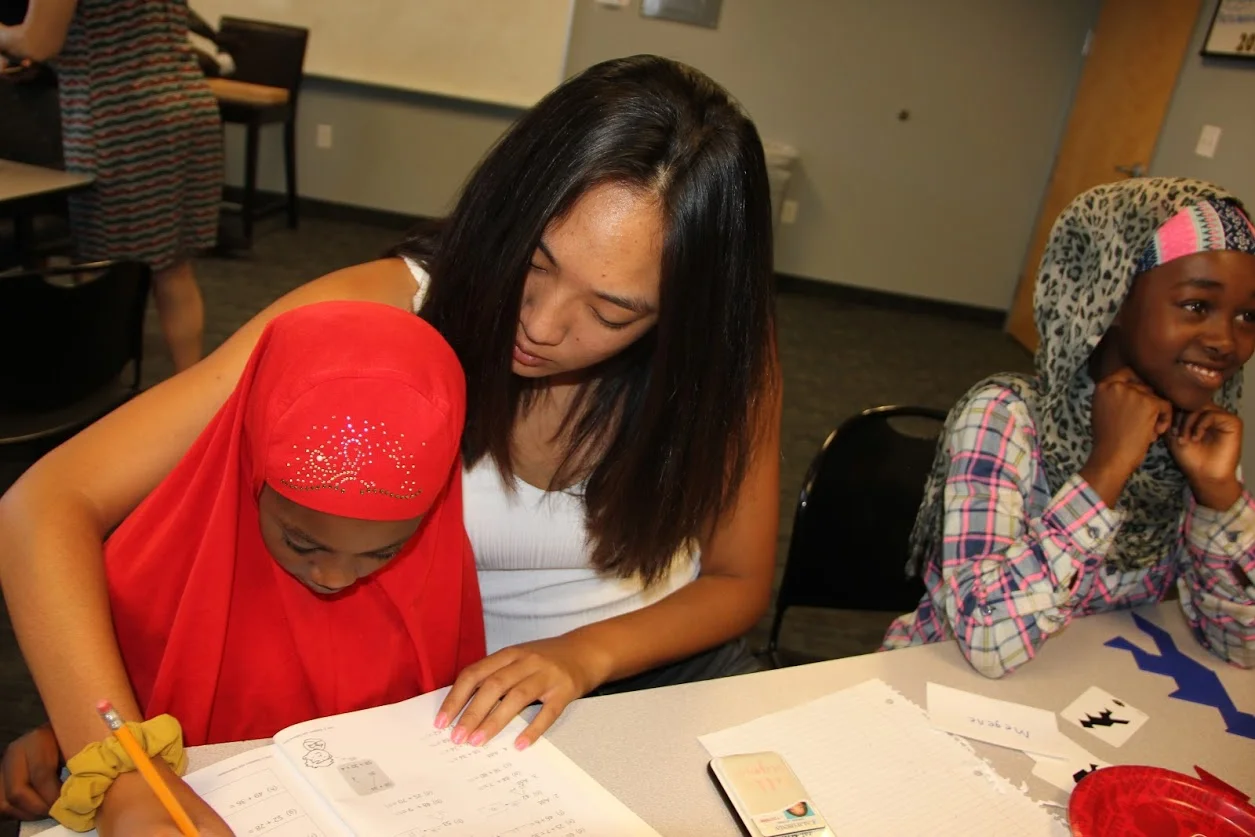Learn
As of 2018, the United States was home to about 44.4 million immigrants. Of those 44.4 million, a very small percent of them are refugees. There have been about 3 million refugees accepted into the United States since 1980 under the Refugee Resettlement Program (USRP). Of those 3 million, 85,000 were accepted in 2017 and 22,000 were accepted in 2018. 70% of refugees include children under the age of 14 and women. A quarter of all refugees lives in either Texas, California, or New York.
Refugees come to the US with very little knowledge of America. They are promised education, opportunities, and stability; however, for many of them this is not the reality. Refugees generally live in segregated communities without much interaction with the community at large. Having lived off the land in their home countries, they generally lack skills required for employment in the United States. Thus, living in low income households, many cannot afford the counselors or teachers that the kids need to adjust and succeed in a new country.
Within California, San Diego County has the biggest refugee population taking in about 640 last year. Many come from refugee camps like Nyarugusu in Tanzania and Kakuma in Kenya. For many of these kids school in America is a challenge. They struggle with the basics, like speaking English or sitting in a classroom. 20% of the students are still learning English when they come to the US and some of them have never sat in a classroom. Having dealt with the arbitrariness of refugee camps, where life just happens, many lack basic skills like maintaining a schedule. In addition, these students have a higher rate of mental health issues, such as post-traumatic stress disorder, than the American-born students. Often they have witnessed things that we in America cringe, just watching it on the movie screen. Some students at Cajon Valley School District could not even bear the sound of the school bell as it reminded them of the sounds of bombs. These mental health issues often inhibit the students’ ability to learn. These students need teachers that can also deal with their mental health issues, teachers that can also be counselors. Many teachers will pass students on to the next grade even if they are not at the level to move on, but in the long run, this hurts the students more since they are never learning the foundations. Therefore, these refugee students are more likely to have huge gaps in their education. Once, these kids are behind in school, this affects how they view themselves. They might feel inadequate when in reality they just did not have the resources needed to succeed.
Living in segregated communities, they also lack contact with America at large. Many have never been to the beach (although it’s only a few miles away), have basic water safety skills or understand basic American etiquette, essential for long term success.
At Nova Spero, we spend one-on-one time with each student during our education time to make sure that the students fully understand the concepts and feel encouraged while learning. Not wanting any student to feel inadequate, we let them know that they can rely on us to catch up in school or to just be a friend. We also ensure they are exposed to the basic American etiquette and have the skills and contacts to assimilate into the culture.

